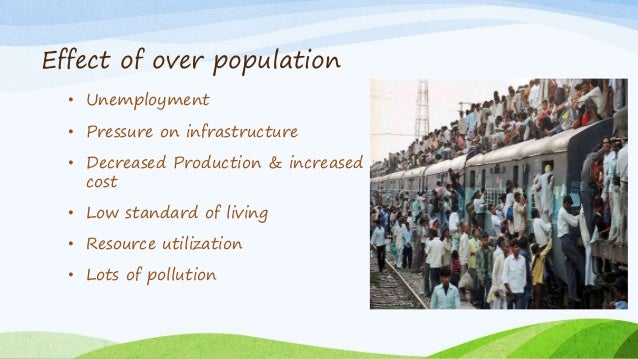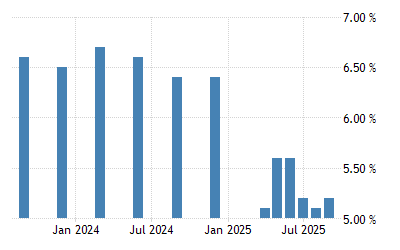Population of India: A timeline
History
During British Raj, India's population accounted for what we now know as Pakistan and Bangladesh as well.Studies of India's population since 1881 have focused on topics such as birth and death rates, growth rate, population distribution, literacy etc. All these demographics directly affect the total population of the country. During this time, three cities crossed the 8 MILLION mark- Delhi, Greater Mumbai and Kolkata.
Mortality Rates fell during 1920-1945 due to biological immunisation. Incomes increased, living conditions improved, a safer and cleaner environment existed. The advancement in medical care, nutrition and health care led to an elongated lifespan.
Independent India
The first census to be taken after independence was in the year 1951. The population was counted as 361,088,090 with a sex ratio of 1:0.946 (male:female)
During 1975-2010 the population of India doubled to 1.2 Billion. It reached the billion mark in 1998.
Current Situation
According to the 2019 revision of World Population Prospects, the population of India stood at 1,352,642,280 . Today, India is the second most populated country in the world after China. The country occupies only 2.41% of the world's land area but it supports 18% of the world's population.
India is projected to overtake the China as the most populated country in the world by the year 2027.
Below are some important demographics of the country-
- The current population of India is 1,377,900,248 as of Wednesday, May 6, 2020, based on Worldometer elaboration of the latest United Nations data.
- India 2020 population is estimated at 1,380,004,385 people at mid year according to UN data.
- India population is equivalent to 17.7% of the total world population.
- The population density in India is 464 per Km2 (1,202 people per mi2).
- The total land area is 2,973,190 Km2 (1,147,955 sq. miles)
- 35.0 % of the population is urban (483,098,640 people in 2020)
- The median age in India is 28.4 years.

The problem of overpopulation
India is now home to 1.3 billion people and counting . These numbers are expected to grow before stabilising mid-century, only if the right measures are taken to curb this growth of population.
Today, India is stretched to its limit due to overpopulation. This problem further leads to economic inequality, with only 57 billionaires controlling 70% of the nation's wealth. Illiteracy, poverty, lack of free medical assistance, bad living conditions etc further worsens the scenario.
Even with development and technological advancements, a country facing overpopulation, bears the brunt of an increase in unemployment rates as technology and Artificial intelligence take away more jobs than they create. Automation threatens 69% job losses.
This excessive population affects the democratic functioning of the country as the government struggles to enact reforms to serve all the sections of Indian society.
Some results of overpopulation include, inefficient sewage treatment, scarcity of drinking water, depletion of natural resources, extinction of plant and animal life to accomodate for the growing population. All this and more causes an imbalance in our eco-system. This adversely effects our health. Indian cities are known for their poor air quality index leading to numerous air-borne diseases and respiratory problems.
Majority of our population deals with the consequences of overpopulation. Citizens struggle to stay afloat in this lopsided economy. A huge gap exists between the rich and poor in the country and one of the main reasons for these problems is the growing population.

The problem of overpopulation can only be solved with increased awareness and educating the masses on birth control and devices for the same. By taking collective measures, we may be able to prepare for a better tomorrow.


👏👏👏
ReplyDeleteVery informative, and well put!
ReplyDelete